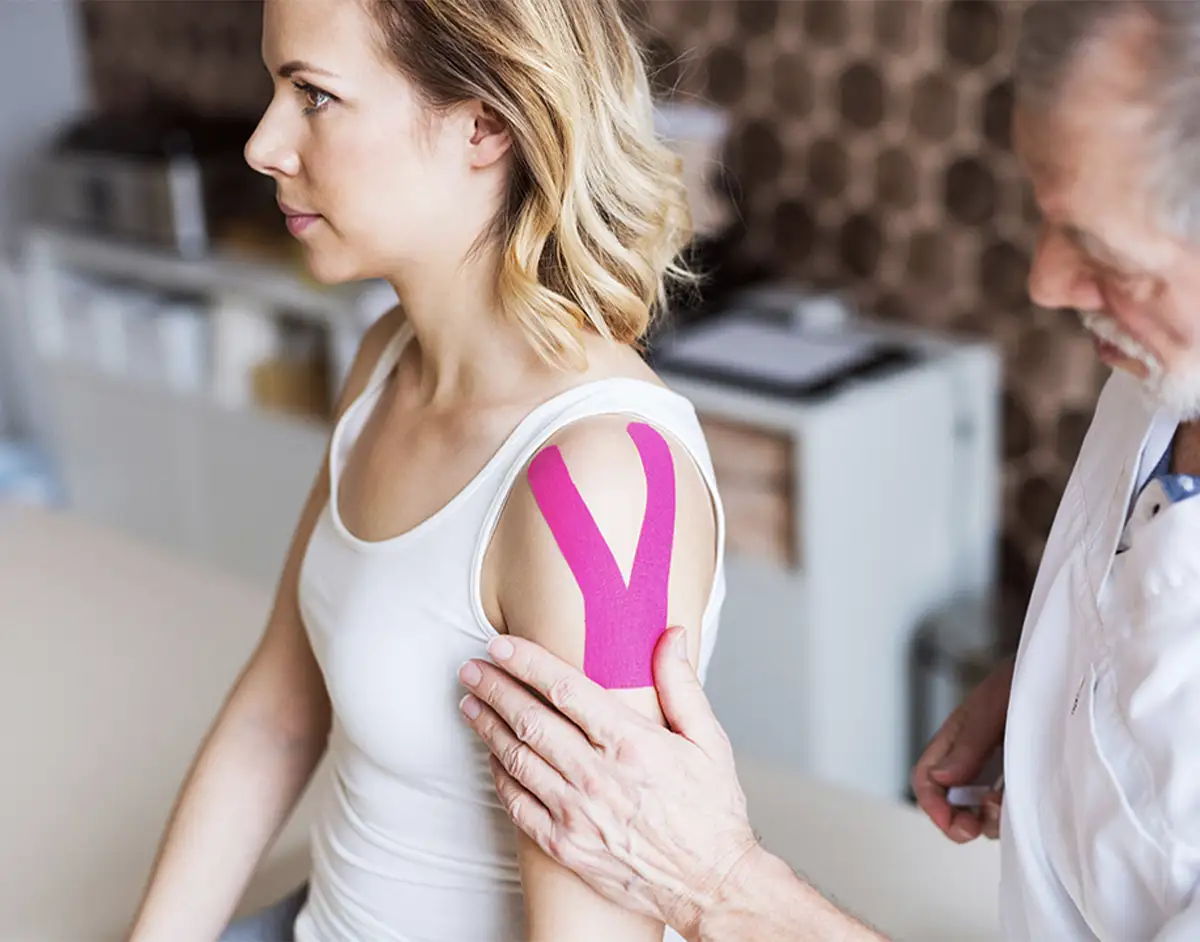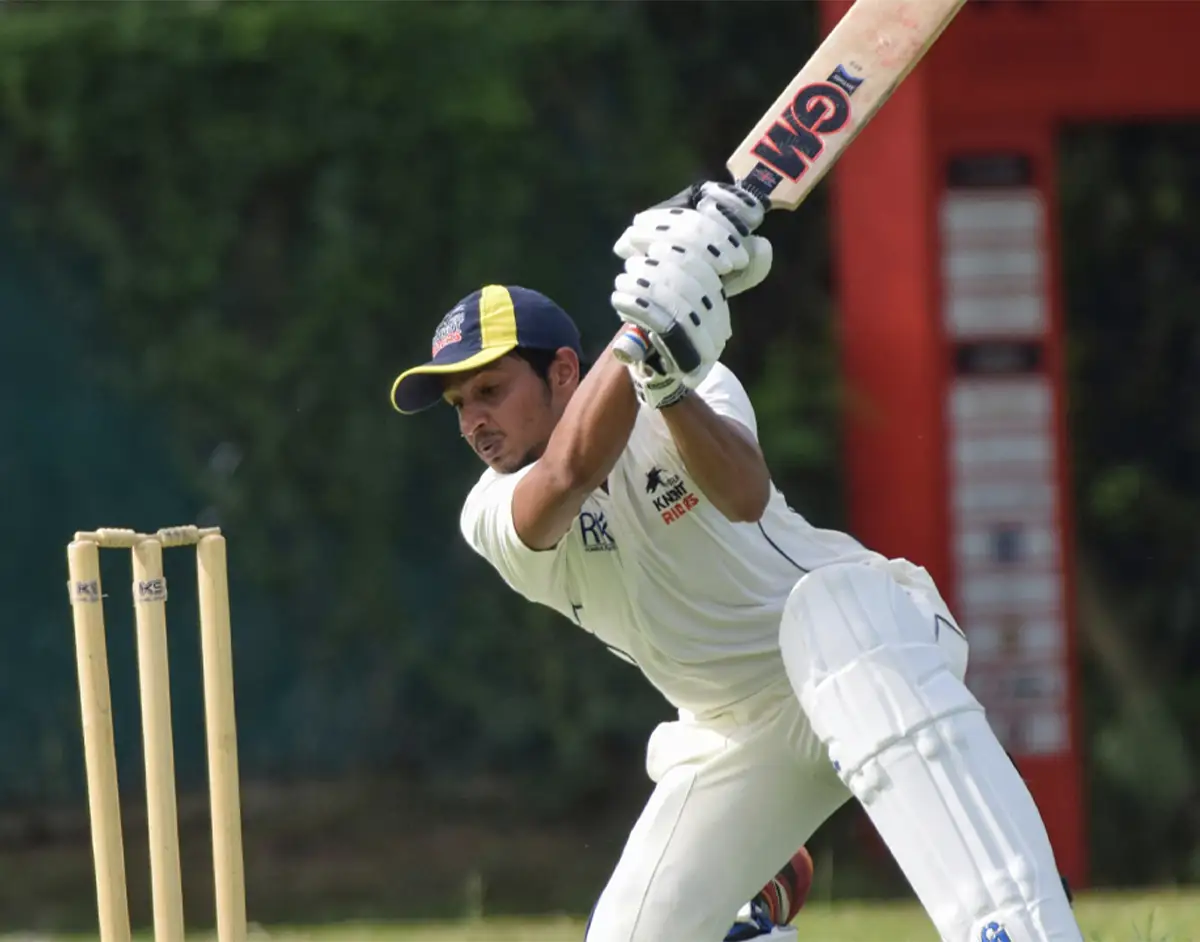Shoulder impingement
Shoulder impingement syndrome is a common condition that is most frequently found in active adults, particularly as they get older. It is closely related to bursitis of the shoulder, which can occur at the same time.
QUICK LINKS
What causes shoulder impingement?
The shoulder is made up of muscles and tendons surrounded by bone, unlike most of the rest of the body which has bones surrounded by muscles and tendons. The rotator cuff – a group of muscles that is used to lift your arm above your head – sits at the top of your upper arm, joining it to your shoulder blade. When the muscles are inflamed from overuse or become dysfunctional, they can no longer keep the ball centred in the socket and the deltoid muscles overpowers them. This causes the rotator cuff muscles to be pinched between the humerus and the acromion process of the shoulder blade as you lift your arm.
Shoulder impingement
If you have shoulder impingement you may experience:
- Weakness in your shoulder
- Pain when you lift your arms above your head
- Difficulty reaching up behind your back
After a physical examination, your consultant may refer you for an X-ray to rule out arthritis and show any bony spurs or changes to the bone where the rotator cuff attaches. A small amount of anaesthetic may be injected into the space under the shoulder blade. If it relieves the pain, a diagnosis of shoulder impingement will be confirmed. You may also need an MRI scan to check whether you have a rotator cuff tear.
In some cases you may need subacromial decompression surgery or acromioplasty if all other measures fail to reduce your pain. This is a keyhole procedure performed under general anaesthetic using a tube-like instrument called an arthroscope, which has a camera at one end. Small incisions are made in your skin and the arthroscope is inserted to allow the orthopaedic surgeon to see inside your shoulder. Some of the bone and tissue from the underside of the acromion bone will be removed to create more space. If tendon damage is discovered, they may need to carry out a repair at the same time. The incision sites will be closed with sutures. After surgery your shoulder may feel sore and stiff for a while but you can use a cold compress and anti-inflammatory medication. It normally takes around four months to make a full recovery.










